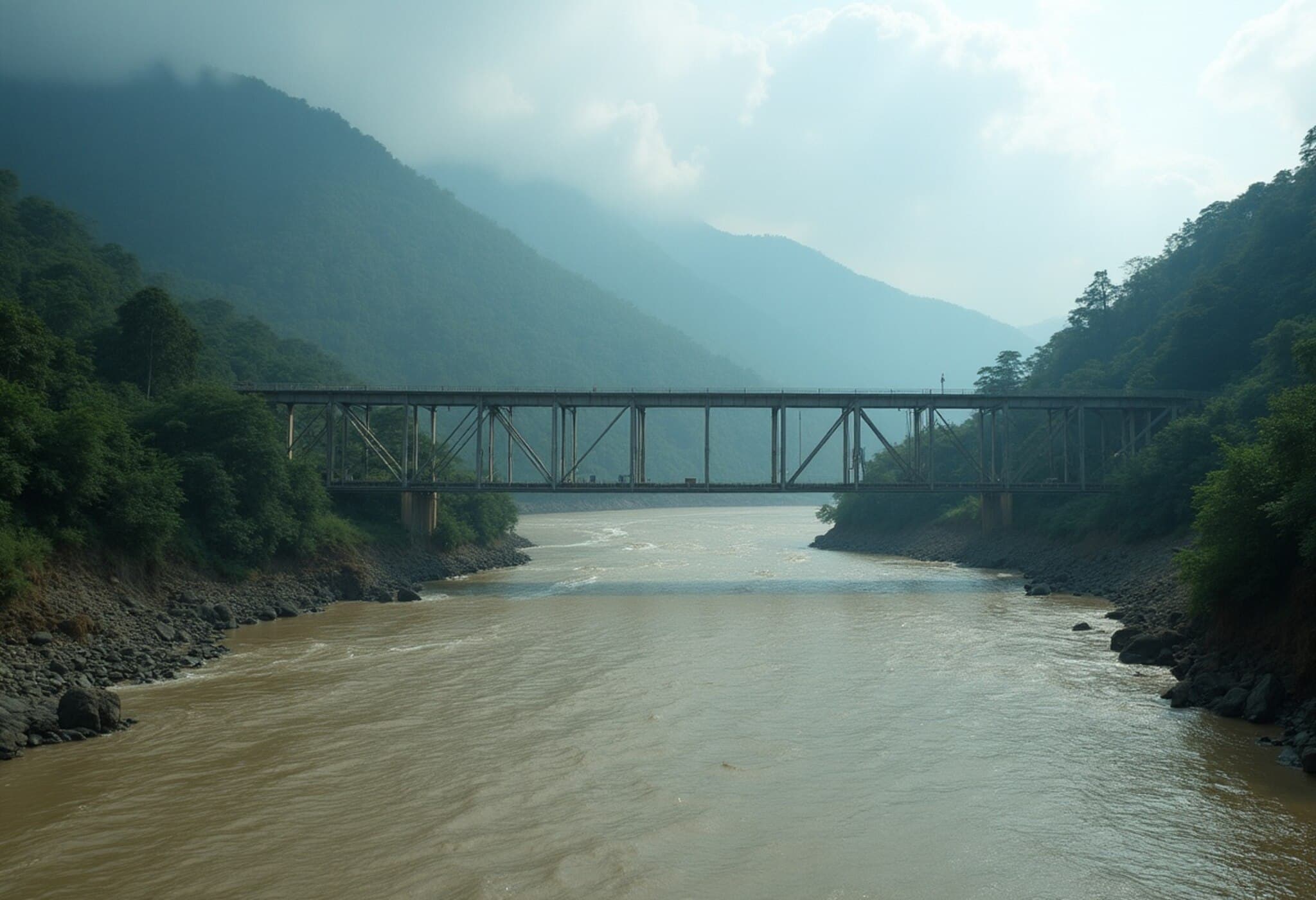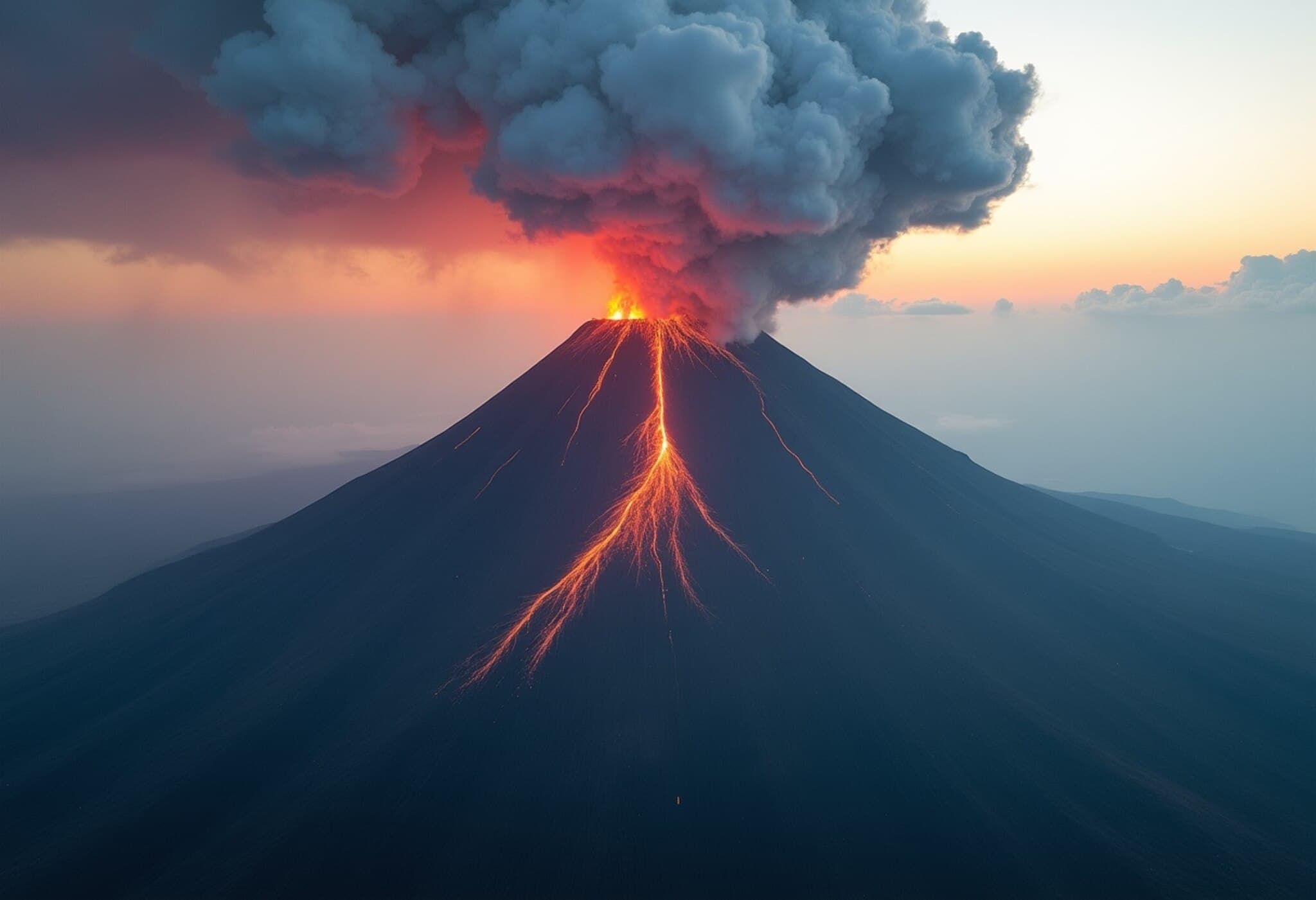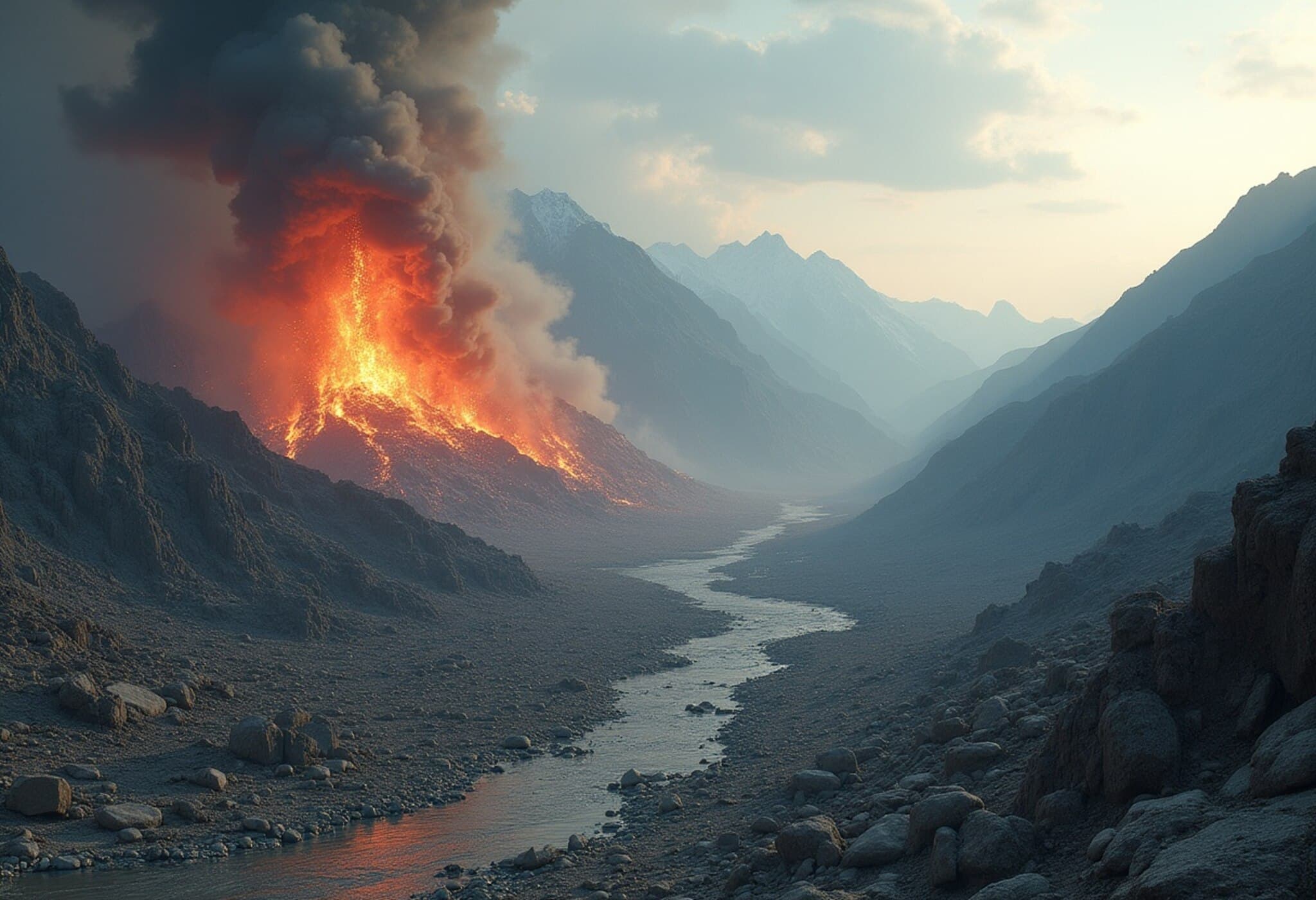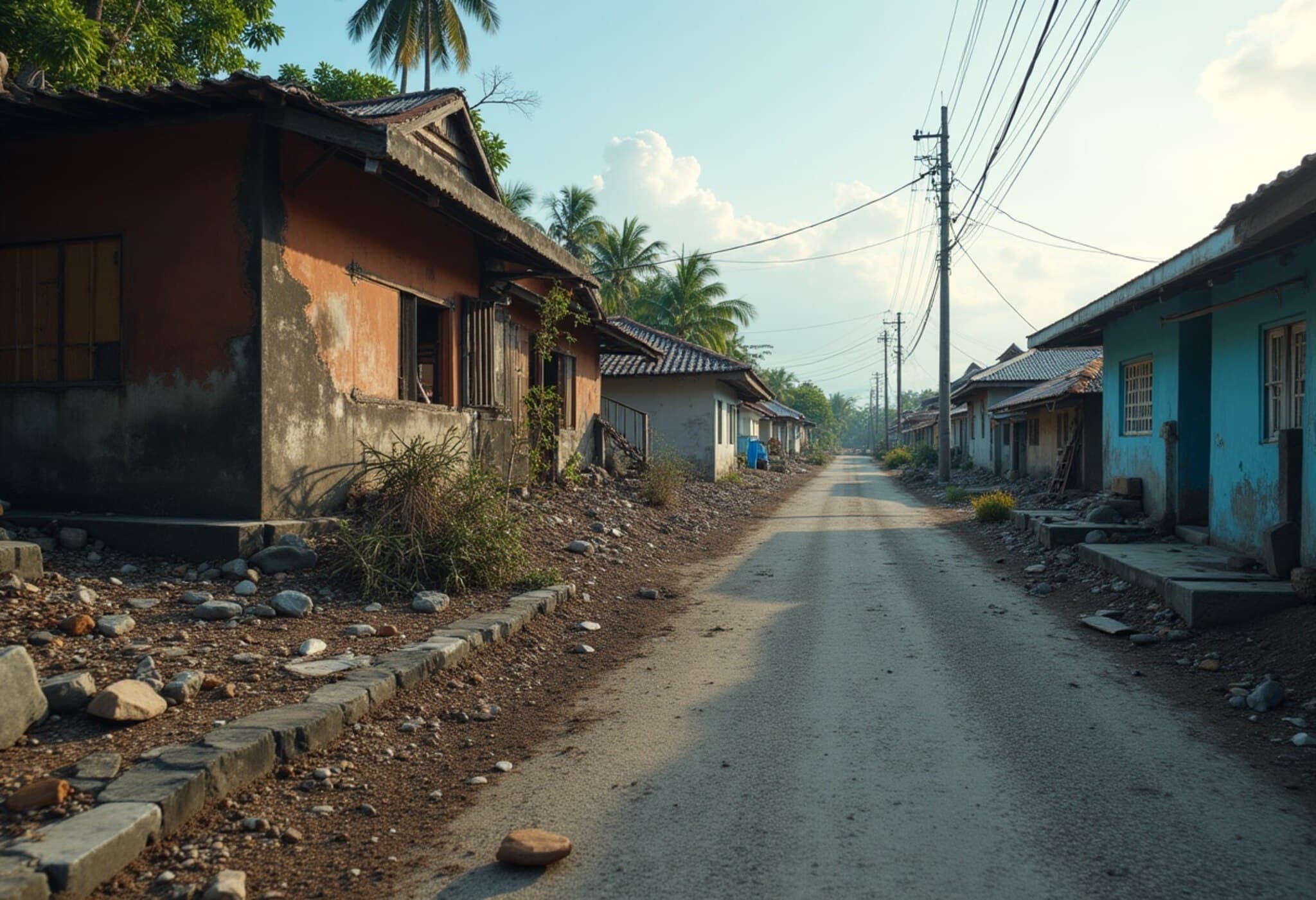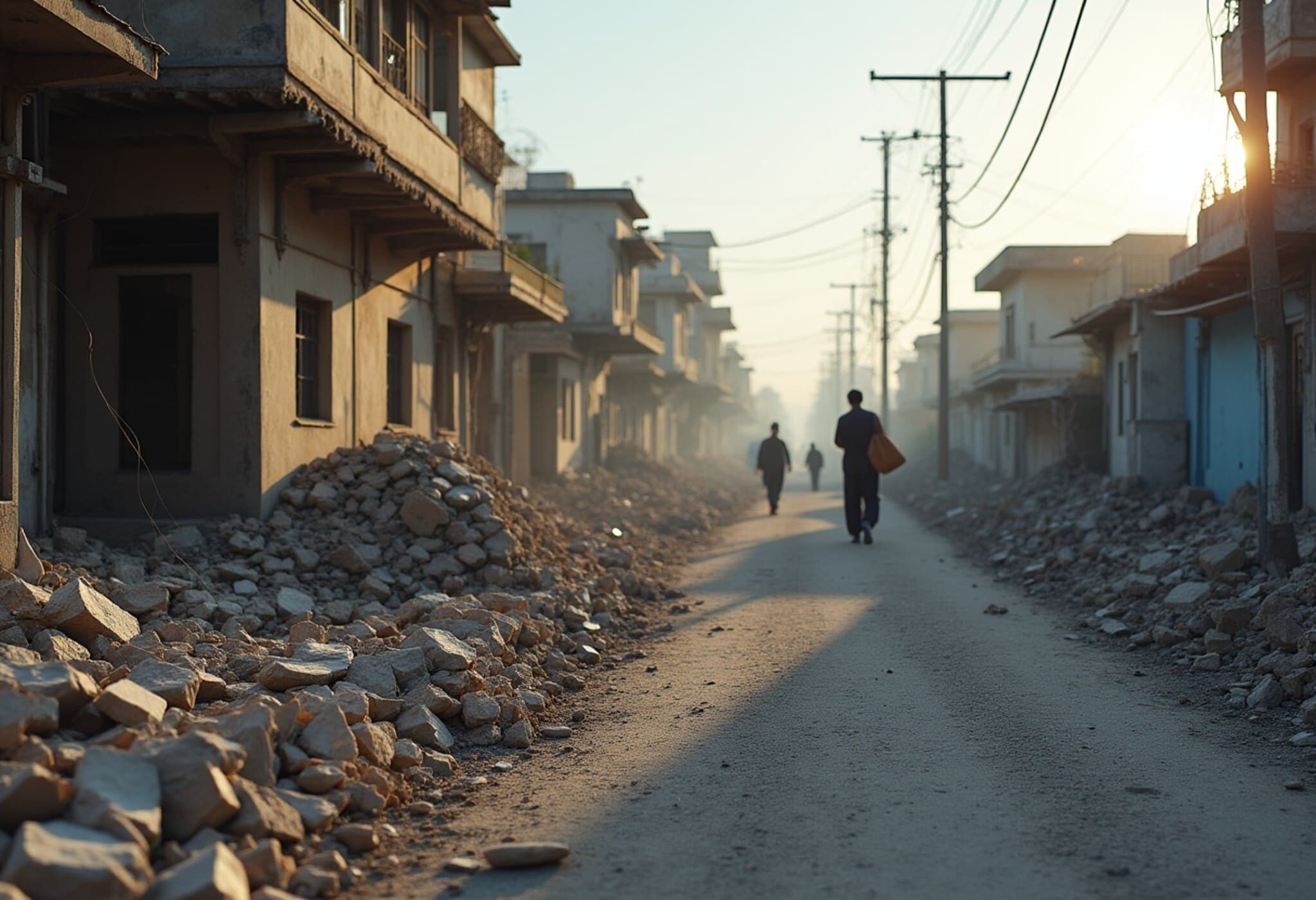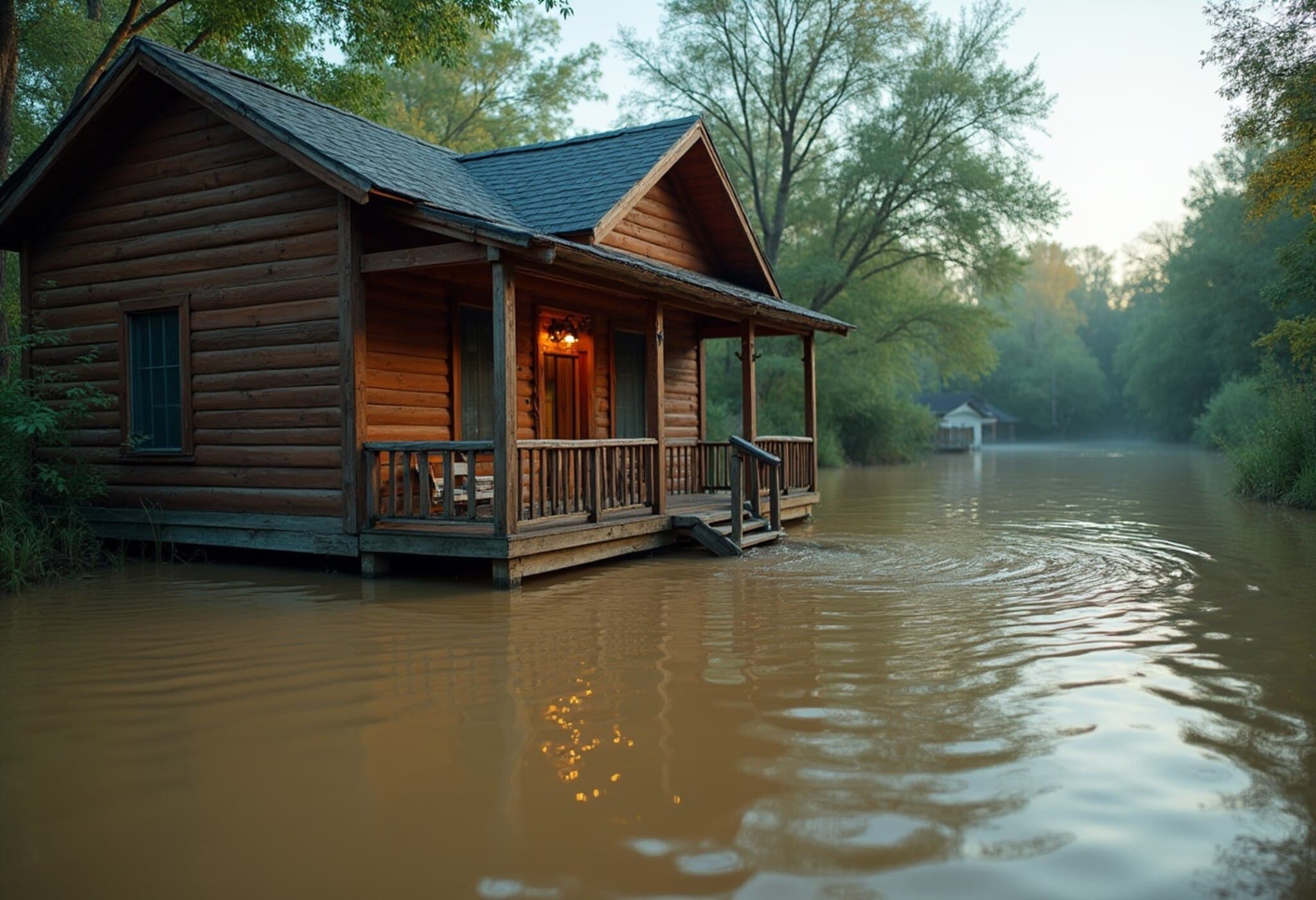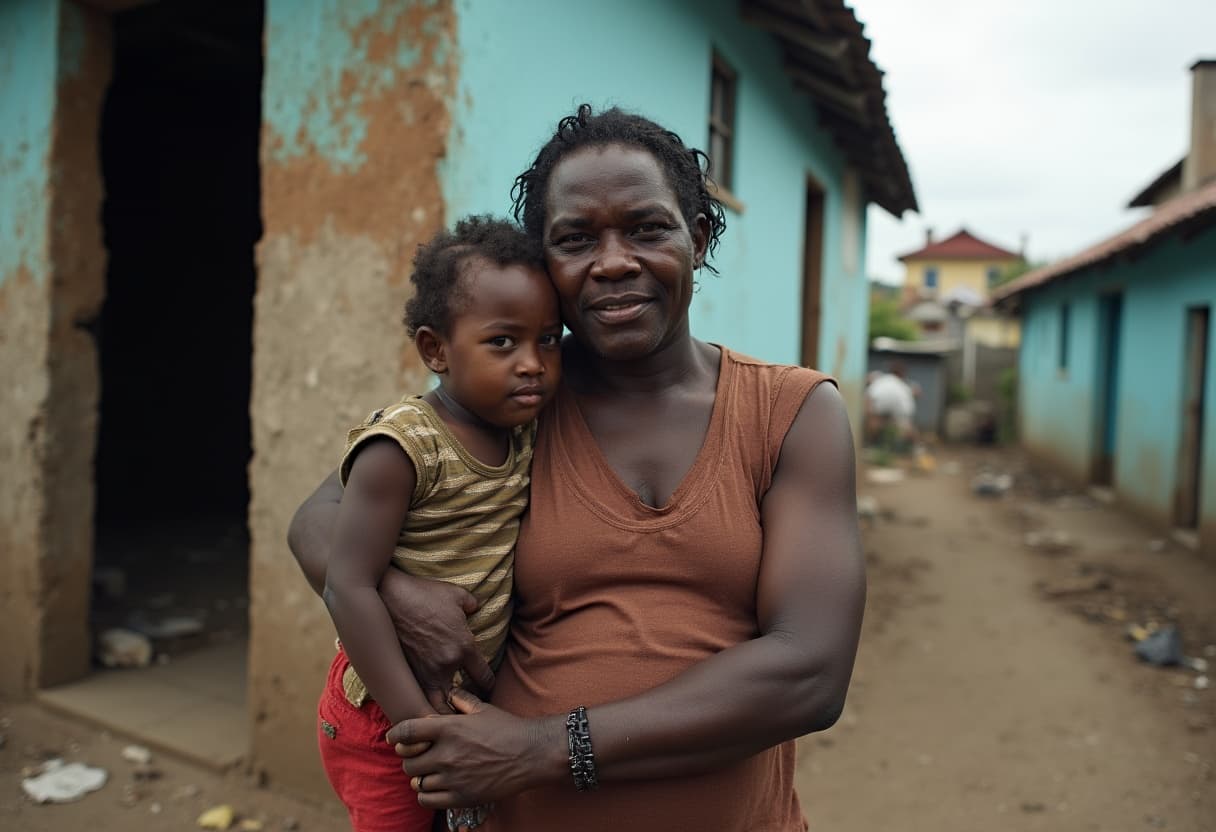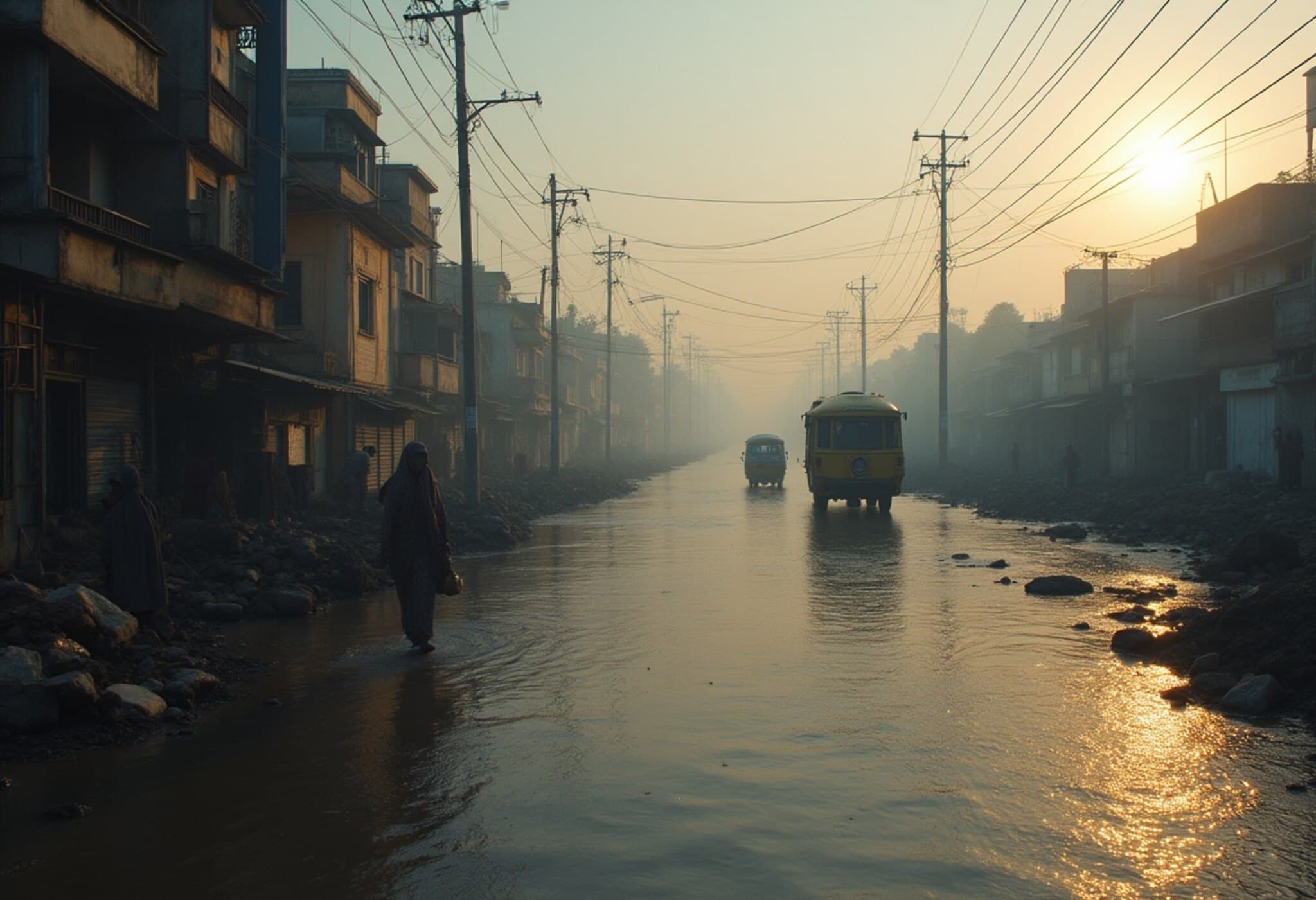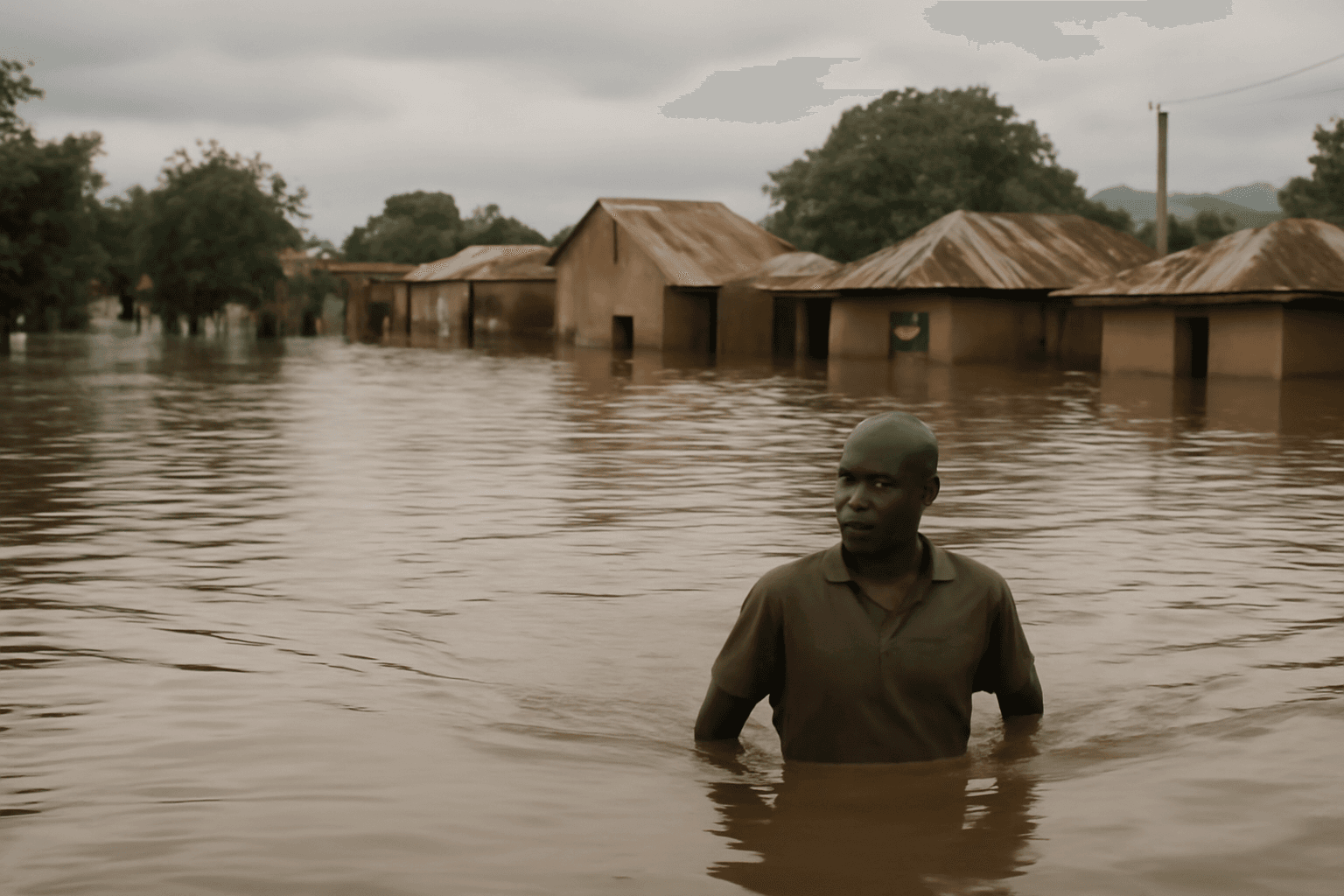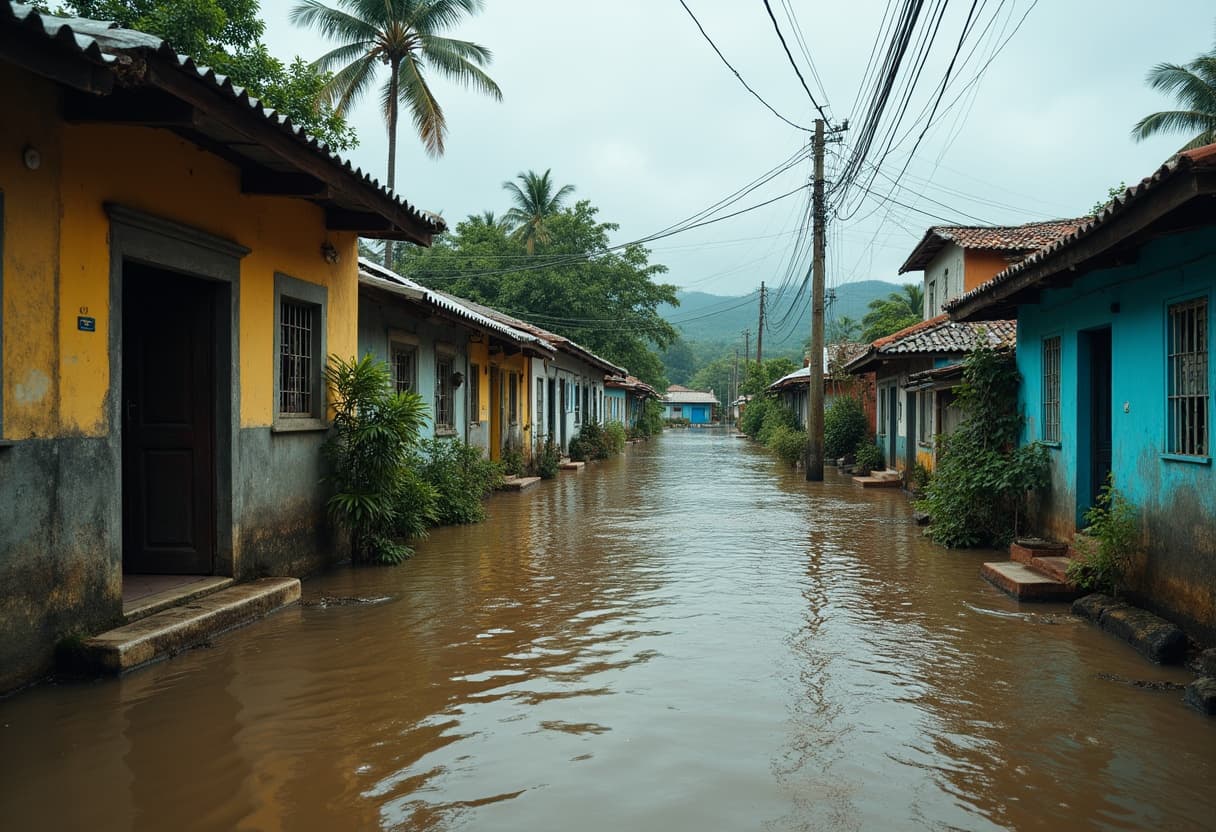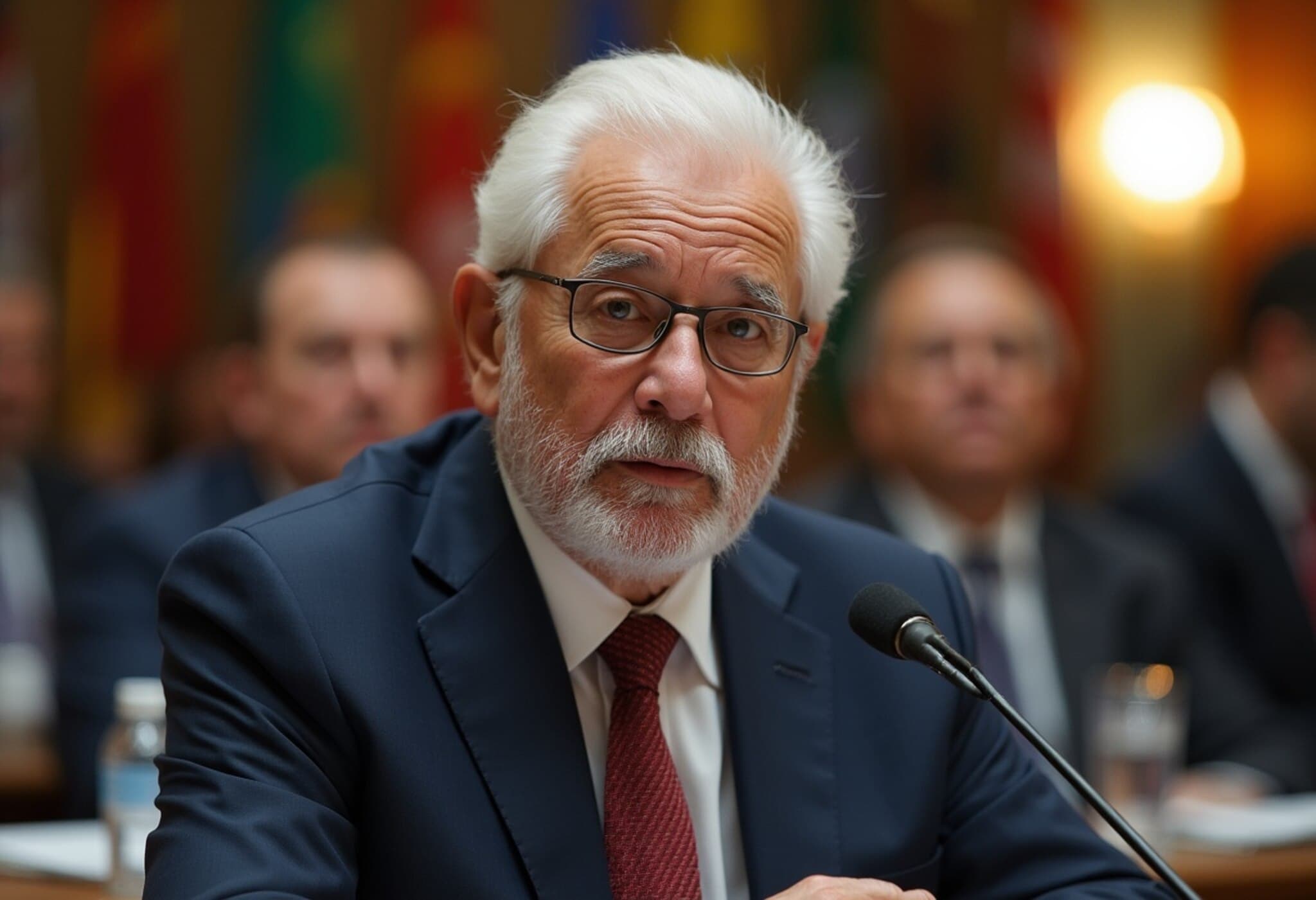Monsoon Floods Ravage Nepal-China Border, Sweeping Away 18 Lives and Critical Infrastructure
Heavy monsoon rains unleashed a devastating flood on Tuesday along the Bhotekoshi River, located approximately 120 kilometers (75 miles) north of Kathmandu, Nepal. The relentless surge destroyed the vital Friendship Bridge at Rasuwagadi that serves as the main conduit between Nepal and China, while also sweeping away 18 individuals reported missing, including 12 Nepali and six Chinese nationals, according to the National Disaster Risk Reduction and Management Authority.
Rescue Operations Struggle Against Nature's Fury
Amid the watery chaos, government authorities alongside the Nepal Army mobilized swiftly. An army helicopter was pressed into service to airlift stranded civilians, while nearly 95 rescue personnel have been deployed to navigate treacherous conditions in search of survivors. Additional reinforcements are expected as the scale of the disaster becomes clearer.
The flooding not only impacted human lives but also obliterated several homes and displaced trucks awaiting customs inspections on the border. Notably, hundreds of Chinese-imported electric vehicles stored at the checkpoint were left vulnerable to the unrelenting floodwaters.
Economic and Strategic Ripple Effects
The destruction of the Friendship Bridge has abruptly severed a critical trade artery between Nepal and China. This has immediate implications for Nepal’s economy, which relies heavily on cross-border commerce, particularly with its northern neighbor. With the bridge out of commission, goods must traverse a far lengthier and costlier route—shipped from China to India and then transported overland to Nepal—delaying trade and inflating expenses.
Contextually, Nepal’s geography combined with the summer monsoon season, spanning June through September, has historically posed significant challenges. Mountainous terrain is prone to landslides and river overflows, exacerbating threats to infrastructure and communities. This recurring pattern highlights the urgent need for resilient infrastructure investment and advanced disaster preparedness in the Himalayan region.
Expert Perspective: Climate Change and Infrastructure Vulnerability
Experts note that increasing unpredictable and intense monsoon patterns, fueled by climate change, raise alarms about the sustainability of Nepal’s current infrastructure network. Dr. Anil Shrestha, a climate resilience consultant based in Kathmandu, points out, "The frequency and severity of flash floods and landslides are intensifying due to climate shifts. Rebuilding efforts must integrate innovative engineering with ecological solutions to reduce future risks." This catastrophe serves as a sobering reminder of the intersection between environmental challenges and geopolitical realities for landlocked nations like Nepal.
What’s Next for Nepal-China Connectivity?
Reconstruction of the Friendship Bridge will be a top priority for Nepal’s government, but timelines remain uncertain given the terrain's logistical difficulties and funding constraints. The incident also renews calls for diversification of transport routes and investment in early warning systems to better safeguard border communities and trade corridors.
Looking Forward: Strengthening Disaster Response and Infrastructure
- Enhance inter-agency coordination and real-time monitoring during monsoon seasons.
- Prioritize climate-resilient infrastructure incorporating flood-resistant design.
- Develop alternative trade routes to mitigate single-point failures impacting national economies.
- Invest in community awareness and preparedness to minimize human casualties.
As rescue operations continue, the human toll and economic impact of this disaster underscore the urgent need for comprehensive strategies addressing Nepal’s vulnerability to climate-induced calamities.
Editor’s Note
The recent monsoon floods that devastated Nepal’s crucial border infrastructure with China starkly reveal the multifaceted challenges facing Himalayan nations—where environmental volatility overlaps with geopolitical and economic imperatives. While swift rescue efforts commendably address immediate human tragedies, the broader questions linger: How can Nepal fortify its fragile infrastructure amidst a changing climate? What role do international partnerships play in mitigating these vulnerabilities? This event invites policymakers, engineers, and communities to rethink resilience in an increasingly unpredictable world.

